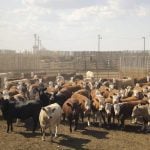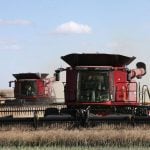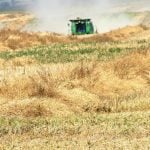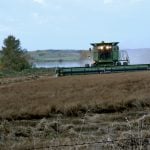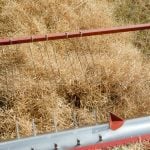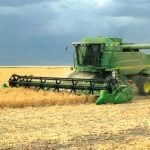Regardless of the United States government shutdown ending soon or not, the Department of Agriculture is set to issue its supply and demand report on Nov. 14. The USDA cancelled its October edition of World Agriculture Supply and Demand Estimates due to the shutdown and pushed back their November report a few days.


